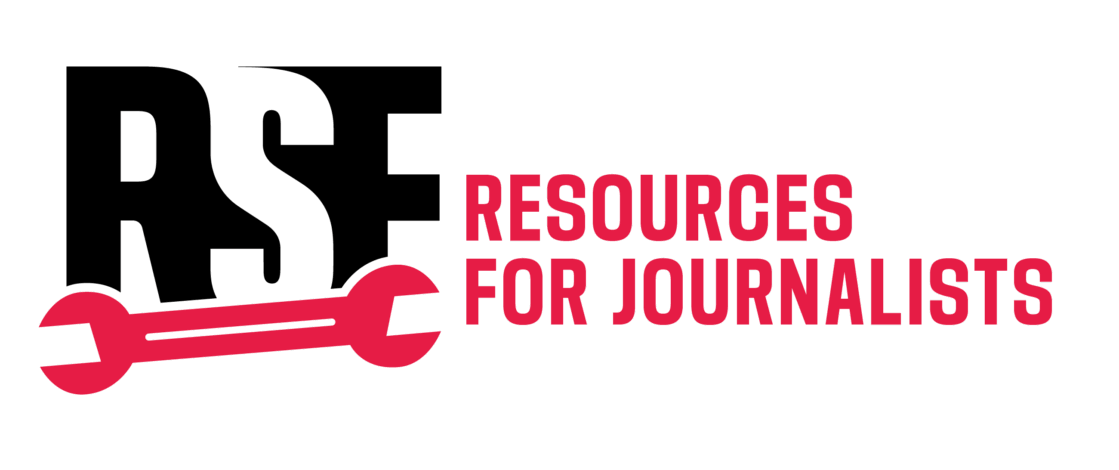Internet service providers have the power to block websites, messaging apps, and online services with no warning, often on request of authorities. In this article, Reporters Without Borders (RSF) introduces OONI tools that journalists can use to check whether a website is blocked and collect evidence of internet censorship.
Internet service providers (ISPs) have the power to block access to websites and frequently do so, and often use it to comply with authorities’ guidelines or requests. This usually occurs without notice, explanation or warning, leading users to believe that the website they want to access is just experiencing temporary technical problems.
The non-profit organisation Open Observatory of Network Interference (OONI) has developed two useful software: OONI Probe, an app that can identify when a website has been blocked; and OONI Explorer, a database displaying the results worldwide to help journalists document instances of internet censorship.
OONI Probe, the testing tool
The OONI Probe app allows journalists to test which websites and messaging apps are blocked by their ISP. It can be installed on Android, iOS, Windows and macOS. OONI will automatically test websites from a global list and country-specific list. These lists are maintained by the OONI team and can be added to by users. OONI Probe can also test messaging apps like WhatsApp, Telegram, Signal and Facebook Messenger, as well as the reachability of anti-censorship tools like Tor and Psiphon.
The possible results of an OONI test are:
- Accessible: no sign of a block detected.
- Anomaly: possible signs of blocking.
- Confirmed: a block was confirmed, and a block page was served.
- Failed measurement: the test did not complete successfully.
OONI Explorer, the public database
If a journalist wishes to research censorship in another region, or their own without downloading OONI Probe, they can search OONI’s public data using OONI Explorer. It leads to a free, volunteer-run database of OONI test results for apps and websites from all over the world, and can provide a better overview of how censorship is implemented in different countries.
It is possible to filter the search by test result, country, and period of time. For example, these are the measurements for the Reporters Without Borders website around the world in July 2024. OONI’s Measurement Aggregation Toolkit (MAT) also allows these results to be visualised in a graph.
Limitations and risks
- A “positive” result does not always mean the site is blocked. Internet censorship is not always consistently applied by ISPs, so verifying whether a website is blocked or it is a false positive requires some expertise. The OONI team has a public communication channel for discussing findings that journalists can reach out to.
- OONI Probe cannot measure in-site content moderation. For platforms like Facebook, YouTube and other services, OONI Probe can only check whether the site is reachable as a whole.
- OONI Probe cannot be accurately run with a VPN on. If journalists run the app with a VPN on, it will result in measurements reflecting the VPN connectivity, not the local ISP’s network conditions.
- Running OONI Probe can look “suspicious” to censors and put journalists at risk. OONI Probe is only designed to investigate and document online censorship. For journalists under heavy surveillance, running this app might attract more attention and suspicion. It is advised to review OONI’s risk analysis for more in-depth resources.
This article is part of a series on censorship circumvention:
• Internet censorship 101 for journalists in authoritarian regimes
• Collateral Freedom, a solution for media outlets to bypass censorship
• OONI, a tool to check whether an online service is being blocked
• Downloading Tor Browser despite censorship



